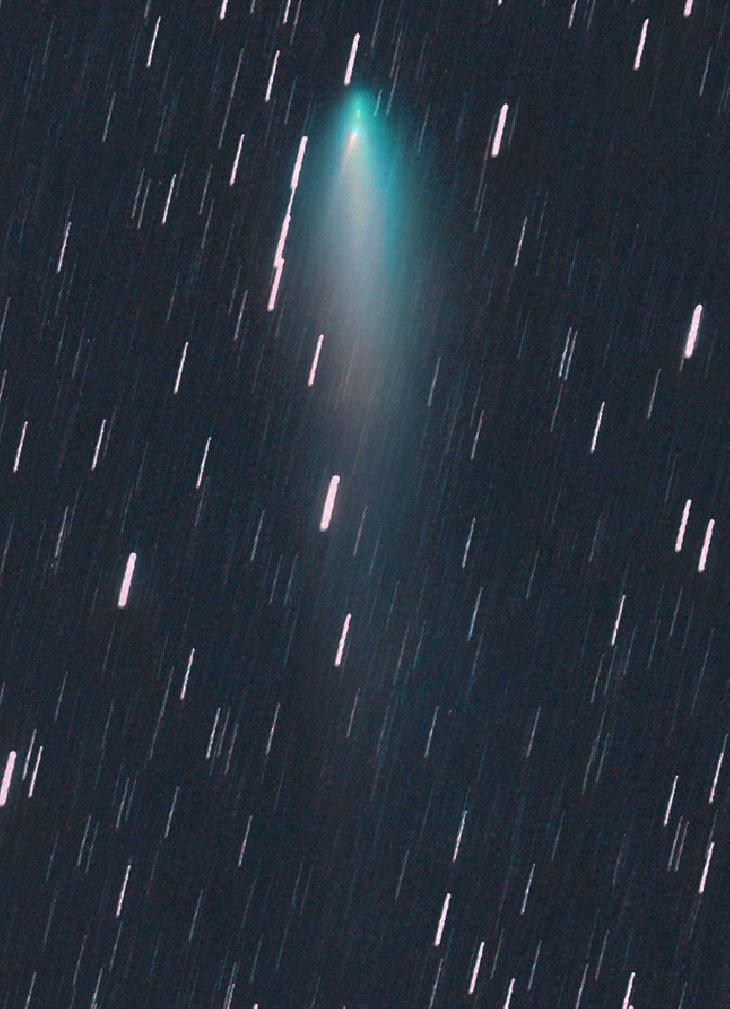Comet NEOWISE Captured In Stunning Photo During Its Closest Approach To The Sun
KEY POINTS
- Comet NEOWISE is currently moving away from the Sun
- The comet was photographed streaking across the sky
- The comet's brightness will increase in the next few days
An amateur astronomer from Arizona was able to capture a stunning photo of comet NEOWISE in broad daylight. The comet made its appearance after flying close to the Sun.
The comet was discovered by NASA’s Wide-Field Infrared Survey Explorer (NEOWISE) telescope on March 27 earlier this year. Also known as C/2020 F3, the comet flew close to the Sun on Friday (July 3) near the orbit of Mercury.
Before the comet reached its closest distance from the Sun, NASA’s Solar and Heliospheric Observatory satellite detected a sudden increase in comet NEOWISE’s brightness. The agency predicted that the comet’s brightness would continue to increase within the next couple of days.
Since the comet is now emerging from the Sun’s glare, experts predicted that comet NEOWISE would become more visible from Earth. Currently, the comet is visible from the planet and can be spotted without the use of special equipment.
During the Fourth of July weekend, amateur astronomer Fred Espenak of Portal, Arizona, caught a glimpse of NEOWISE as it streaked across the morning sky. Espenak said he used a pair of binoculars to observe the passing comet.
“It was my second morning observing Comet NEOWISE,” he said, according to SpaceWeather.com. “Wow! The comet was easy to see in 7x40 binoculars. With the naked eye, it was much more difficult, but I think I caught glimpses of it with a bit of averted vision.”
Espenak was able to photograph the comet on Saturday about an hour before sunrise. He took the photo at the Dark View Observatory in Portal using a Nikon D7200 camera with a 70-300 millimeter Nikon zoom lens.
Based on its appearance, he estimated that the object was about as bright a couple of stars in the sky. He noted that the comet’s brightness would most likely increase within the next couple of days, making it more visible to the human eye.
“Using the nearby stars Theta Auriga and Beta Tauri, I would estimate that the nucleus of NEOWISE was about +2," Espenak stated. "If this brightness holds, the comet will become much easier to see in coming days when it can be seen in a darker sky.”

© Copyright IBTimes 2024. All rights reserved.





















